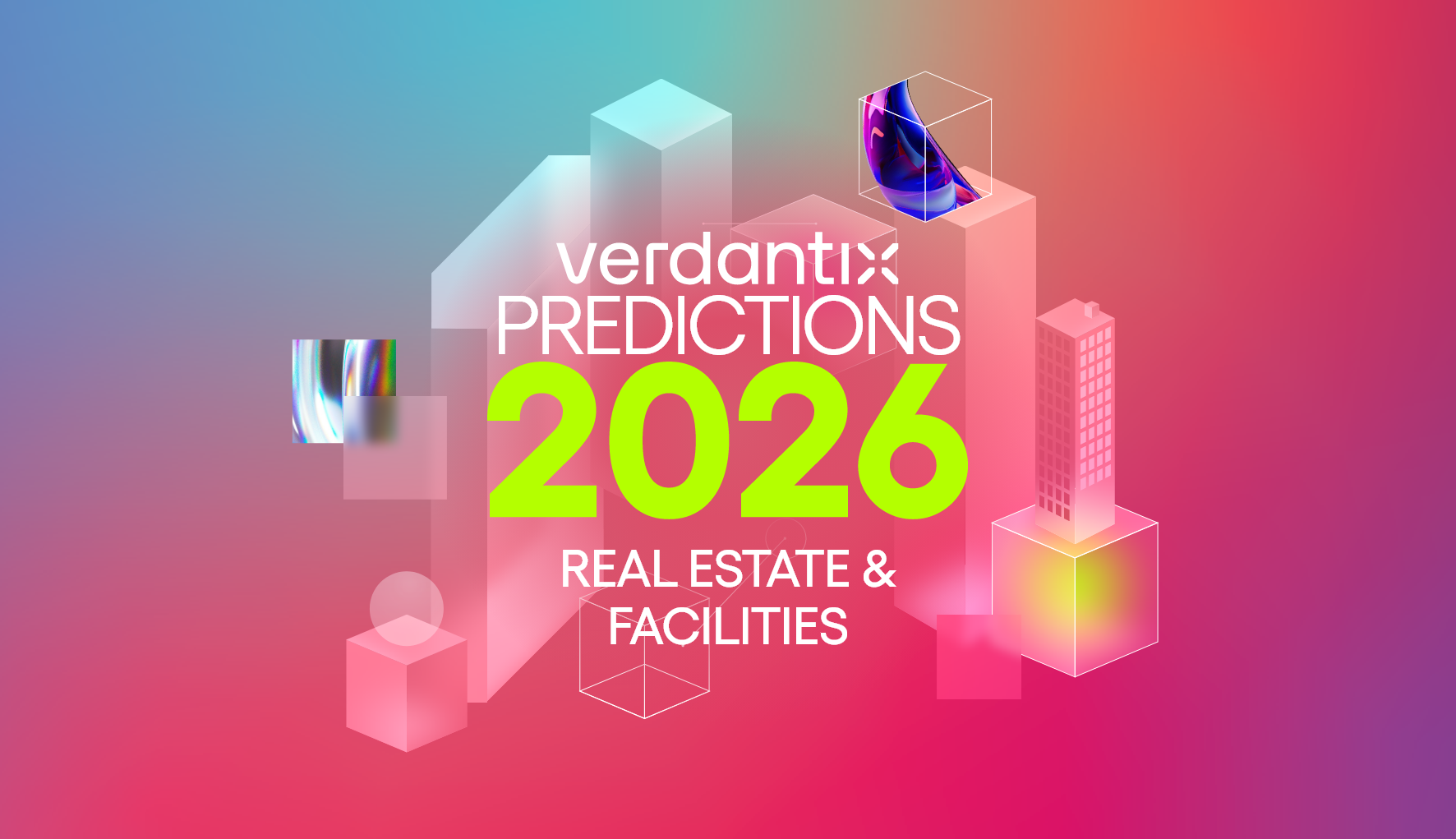Future Of Higher Education Facilities (North America)
23 Jul, 2024
Access this research
Access all Real Estate Leaders content with a strategic subscription or buy this single report
Need help or have a question about this report? Contact us for assistance
Executive Summary
Prolonged periods of political unrest, economic volatility and a growing lack of interest amongst prospective students have pushed many North American higher education institutions to breaking point. Amid intensifying challenges surrounding blended learning, and pressure to align with incoming ESG targets, it is imperative for institutions to prioritize the digital transformation of their facilities. This report outlines how digital strategies are now core to survival in the higher education space. It analyses the role of technology in enabling colleges to overcome prominent headwinds in the sector, and unpacks the future of higher education institutions to 2050 and beyond. Technology vendors can leverage the report’s findings to capitalize on the changing priorities of educational real estate owners and investors.
As virtual learning gains momentum, colleges must adapt to new norms
College campuses were traditionally the cornerstone of the higher education experience
Institutions must act proactively and decisively to avoid falling victim to the sector’s downward trends
Technological innovation will play a pivotal role in shaping the future of higher education facilities
Is it smart to go to college?
Rising tuition fees and safety concerns are exacerbating downward enrolment trends
Labour gaps and high competition for academic staff are amplifying challenges
By 2050, the higher education landscape will be polarized, with a clear divide between leading innovators and laggards
College campuses were traditionally the cornerstone of the higher education experience
Institutions must act proactively and decisively to avoid falling victim to the sector’s downward trends
Technological innovation will play a pivotal role in shaping the future of higher education facilities
Is it smart to go to college?
Rising tuition fees and safety concerns are exacerbating downward enrolment trends
Labour gaps and high competition for academic staff are amplifying challenges
By 2050, the higher education landscape will be polarized, with a clear divide between leading innovators and laggards
Figure 1. Key differences between public and private colleges
Figure 2a. Key sources of funding for public higher education institutions
Figure 2b. Key sources of funding for private higher education institutions
Figure 3. Postgraduate-fuelled investment cycle in higher education institutions
Figure 4. Notable recent higher education institution closures
Figure 2a. Key sources of funding for public higher education institutions
Figure 2b. Key sources of funding for private higher education institutions
Figure 3. Postgraduate-fuelled investment cycle in higher education institutions
Figure 4. Notable recent higher education institution closures
‘American School and University’, ‘Chronicle of Higher Education’, ‘EdTech’, Adobe, American College Health Association (ACHA), Arizona State University, ASA College, Axios, Ball State University, Becker College, BestColleges, Blackstone Real Estate Income Trust (BREIT), Brightspot, Cabrini University, Cardinal Stritch University, Carleton University, CBRE, CBS News, College Transitions, Columbia University, Coursera, Degree Choices, edX, Elsevier, Everytown, FORBES, Georgetown University Center on Education and the Workforce, Georgia State University, Gwynedd Mercy University, Harvard University, Higher Ed Dive, HolonIQ, Holy Names University, Honeywell, IBM, Independence University, Intelligent, Johnson Controls, Lambent Technologies, Massachusetts Institute of Technology (MIT), McKinsey & Company, Medaille University, Modern Campus, Morgan State University, National Building Performance Standards (BPS) Coalition, National Center for Education Statistics (NCES), National Institutes of Health (NIH), Northeastern University, OpenAI, Pennsylvania College of Health Sciences, Purdue University, Quartz, Saint Joseph’s University, Schneider Electric, SCLogic, Siemens, Southern Methodist University, Southwestern University, Stanford University, Statista, Stratford University, Swiss Re Institute, Syracuse University, The College of Saint Rose, uniRank, University of California, University of Central Florida, University of Kentucky, University of Oklahoma, University of South Florida, University of Tennessee, University of the Arts, University of the Sciences, US Census Bureau, Vista College, Yardi
About the Authors

Sophie Planken-Bichler
Industry Analyst
Sophie is an Industry Analyst at Verdantix, specializing in AEC software and digital twins. She provides strategic guidance to both technology buyers and software vendors, del...
View Profile
Claire Stephens
Research Director
Claire Stephens is a Research Director at Verdantix, leading research into technologies and services shaping the real estate and the built environment, encompassing ...
View Profile







